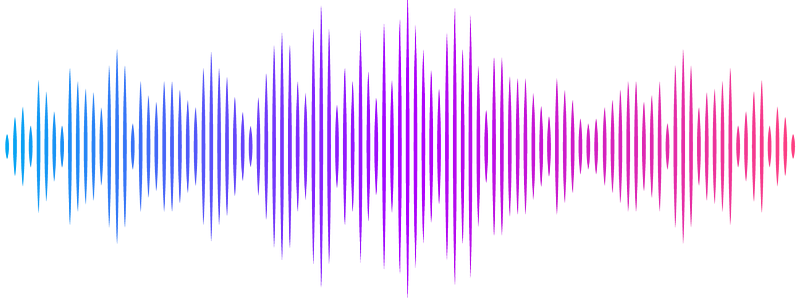An oviposition pheromone, hexadecanoic acid, found on the eggs of Phlebotomus papatasi from Central Tunisia, attracts gravid females and stimulates oviposition.

An oviposition pheromone, hexadecanoic acid, found on the eggs of Phlebotomus papatasi from Central Tunisia, attracts gravid females and stimulates oviposition.
Chelbi, I.; Zhioua, E.; Shocket, M.; Hamilton, J. G. C.
AbstractPhlebotomus papatasi is a vector of Leishmania major, the etiologic agent of zoonotic cutaneous leishmaniasis, a disfiguring and debilitating disease. In this study, we identified fatty acids found on the exterior of eggs laid by female P. papatasi that could be potential oviposition pheromones. We tested the effect of different treatments on 1) the number of eggs laid and 2) the spatial distribution of eggs laid. The treatments included three quantities of eggs (80, 160 and 320), hexane extracts of 160 eggs, 160 eggs after being washed with hexane to remove any pheromones, and three concentrations (1ng, 10ng and 100ng) of synthetic versions of three fatty acids that we identified as being present on egg exteriors. The saturated fatty acids dodecanoic (C12) and tetradecanoic (C14) acid, identified by GC/MS analysis, were abundant in hexane extracts of both eggs and gravid females but were present in only trace amounts in males. Hexadecanoic and hexadecenoic (C16) acids were abundant on eggs, gravid females and males. A negative binomial GLM found that significantly more eggs were oviposited by gravid females in response to 80 eggs (P=0.0255), 160 eggs (P<0.001), 320 eggs (P<0.001) and the hexane extract of 160 eggs (P<0.001). Eggs washed in hexane were not more attractive than a control (P=0.591). The number of eggs laid was increased by all three concentrations of hexadecanoic acid (P<0.001), 10ng and 100ng of tetradecanoic acid (P<0.001), and 1ng and 10ng of dodecanoic acid (P<0.001). The spatial response of oviposition (the proportion of eggs laid on the test vs. control side of the oviposition pot) was weaker than the response of total eggs laid. A beta GLM found that gravid females laid a significantly higher proportion of eggs near 160 eggs (P=0.004) and significantly lower proportion of eggs near 100ng of dodecanoic acid (P=0.016). Bootstrapping and permutation tests also suggested significant attractive effects of 320 eggs, egg extract, and 1ng and 10 ng of hexadecenoic acid. These results suggest that hexadecanoic acid is the oviposition pheromone, of P. papatasi from Tunisia because its presence increases both the number of eggs laid and attracts oviposition over the small spatial scales of the assay. Studies by others have shown that dodecanoic acid is the oviposition pheromone of P. papatasi from Turkey. In this study, dodecanoic acid increased the number of eggs laid but either did not change their spatial distribution or was repulsive at the highest concentration. The observed difference may be related to the different geographical origins of the sand flies used in this study.